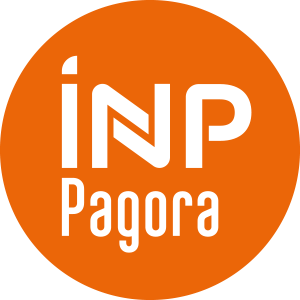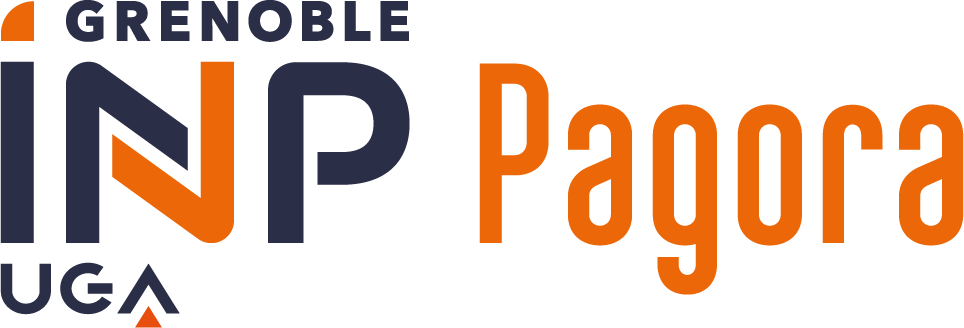Number of hours
- Lectures -
- Projects -
- Tutorials -
- Internship -
- Laboratory works 30.0
ECTS
ECTS 60.0
Goal(s)
Fibrous materials, from paper to composites, nowadays occupy an important place in many activity sectors such as transport, construction, communication, packaging, etc.
In a context of strong demand for “greener” products, the use of natural fibers is therefore increasingly important.
Their morphological and physical characterization (mechanical, optical and structural) is essential in order to make the best use of these natural resources: the "right" fibers for the "right" uses.
This teaching module will allow you to acquire the basics of: the physics of fibrous structures, the characterization of optical properties and microscopic analysis, in order to carry out the study of fibrous materials and their constituents.
This project on the analysis of fibrous materials comes in addition to the lectures. It will include a complete characterization, namely mechanical, optical, structural and fibrous composition, of two materials and establishing the link between the determined properties and the raw materials used.
Learning outcomes:
- To characterize the morphological properties of fibers,
- To characterize the physical properties (mechanical, optical and structural) of fibrous materials,
- To understand the structural properties of paper (grammage, thickness, specific volume, air permeability) and its mechanical properties (tensile, tearing and bursting strength),
- To characterize the optical properties of papers: degree of whiteness, opacity, fluorescence,
- To characterize surface properties (airflow and gloss),
- To correctly handle units and assimilate orders of magnitude of the main measured values,
- To determine experimental errors,
- To collect and process data (statistical analysis), interpret and analyze the results, and present in writing and orally a summary of the work,
- To make the link between the morphological and physical properties of the fibrous materials studied.
Quentin CHARLIER
Content(s)
Practical sessions on the following themes:
- Structural properties of paper: basis weight, thickness, density, porosity, air permeability.
- Tensile properties of papers,
- Tear, burst,
- Introduction to the optical properties of paper: brightness, whiteness, opacity, fluorescence,
- Morphology.
Paper Physics and Fibrous materials: Microscopies courses
Accessibility for people with disabilities: please contact us for further information
Evaluation : 20% of Rapport ou compte-rendu and 80% of Description of evaluation conditions in the ‘Evaluation’ field
Resit : 50% of Rapport ou compte-rendu (reported score) and 50% of Oral exam
Practical sessions are carried out by groups of 2 to 3 students. The project will be evaluated by:
- The implication and the seriousness in practical sessions and the quality of session reports,
- The summary report,
- The oral defense, composed of the presentation of one practical session (manipulation, material used, methods, analysis and interpretation of the results obtained based on the theoretical courses) and a question-and-answer session. A random draw will be made to determine the theme presented.
The involvement and oral defense grades will be individualized according to the participation of each student.
An unjustified absence for a practical session results in a grade of 0/20 for that session.
All deliverables (summary report and presentation supports) not submitted within the time limits lead to a grade of 0/20 for the item concerned.
The practical sessions (even for a justified absence) and the summary report cannot be retaken.
The oral defense can be retaken. Retake is individual.
In a degraded situation: project => summary report grade + oral grade (videoconference)
The course exists in the following branches:
- Curriculum - Pagora Engineer - Apprentice - Semester 5
- Curriculum - Pagora Engineer - Student - Semester 5
Course ID : 3FMT3017
Course language(s): 
You can find this course among all other courses.
Environmental security
Les élèves n'ayant pas suivi la formation sécurité lors de l'intégration à Pagora ne sont pas autorisés à manipuler en TP
Pendant le TP il est nécessaire de respecter les consignes de sécurité énoncées au démarrage de l’activité.
En particulier l'utilisation du massicot peut représenter un risque de coupure :
- il est nécessaire de manipuler selon le protocole présenté en séance
- il est nécessaire de rabaisser les lames après utilisation.
************
English version :
Student who where not trained for safety rules are not allowed to work in th lab
The safety rules are given at the beginning of the labwork.
In particular the cutting machine (trimmer) must be handled following the rules given. At the end of the cutting, the blades must be put in lower position to avoid any accident



